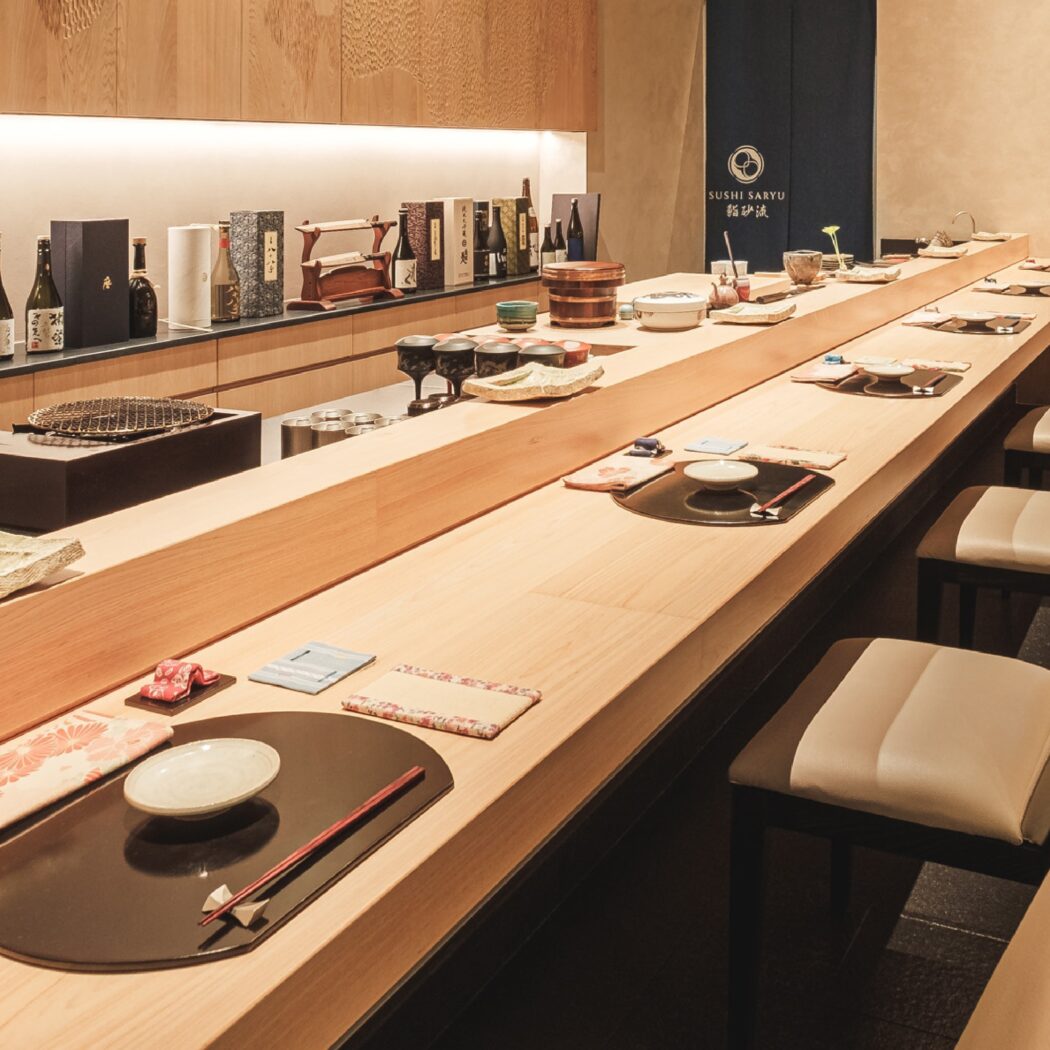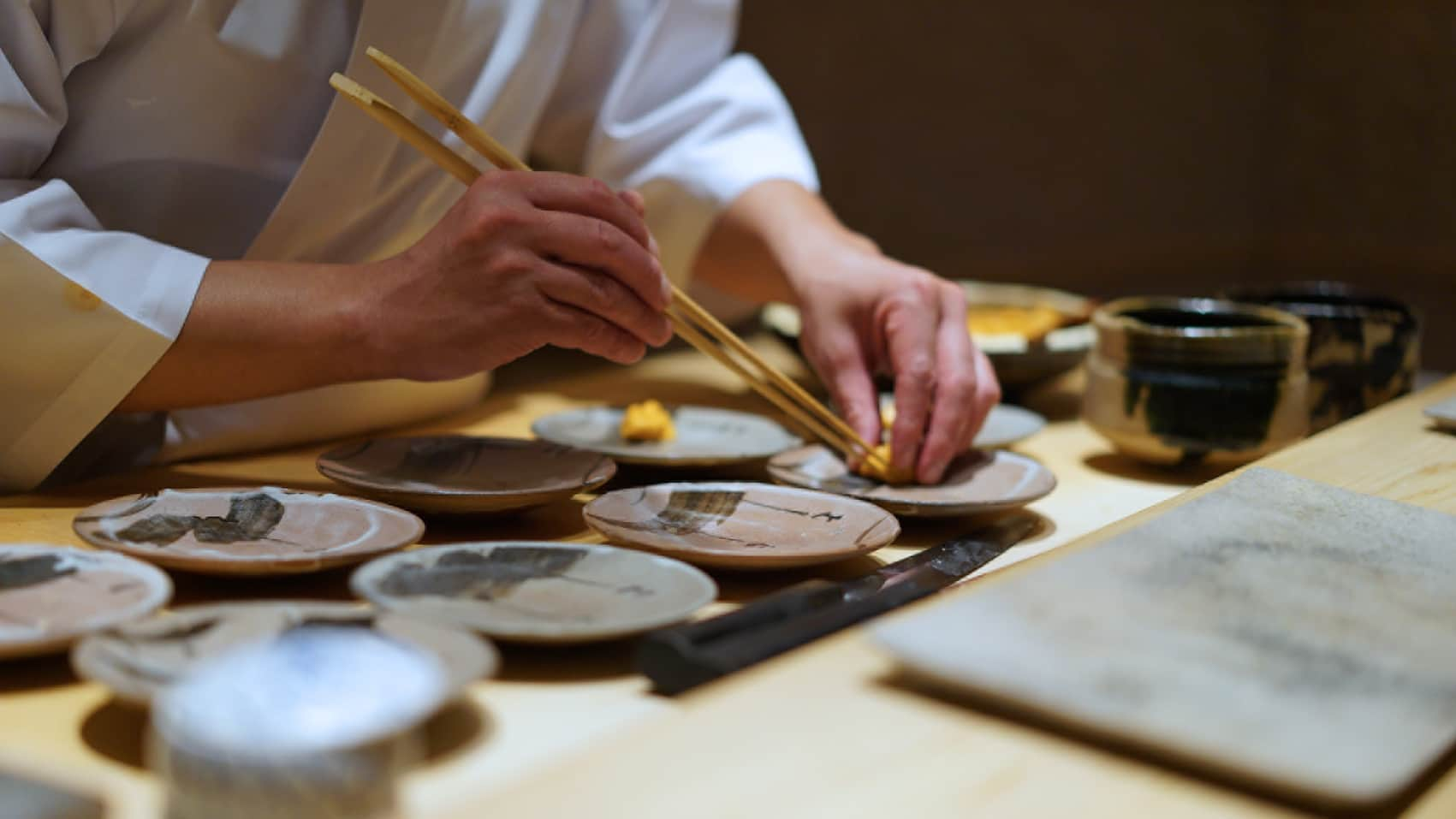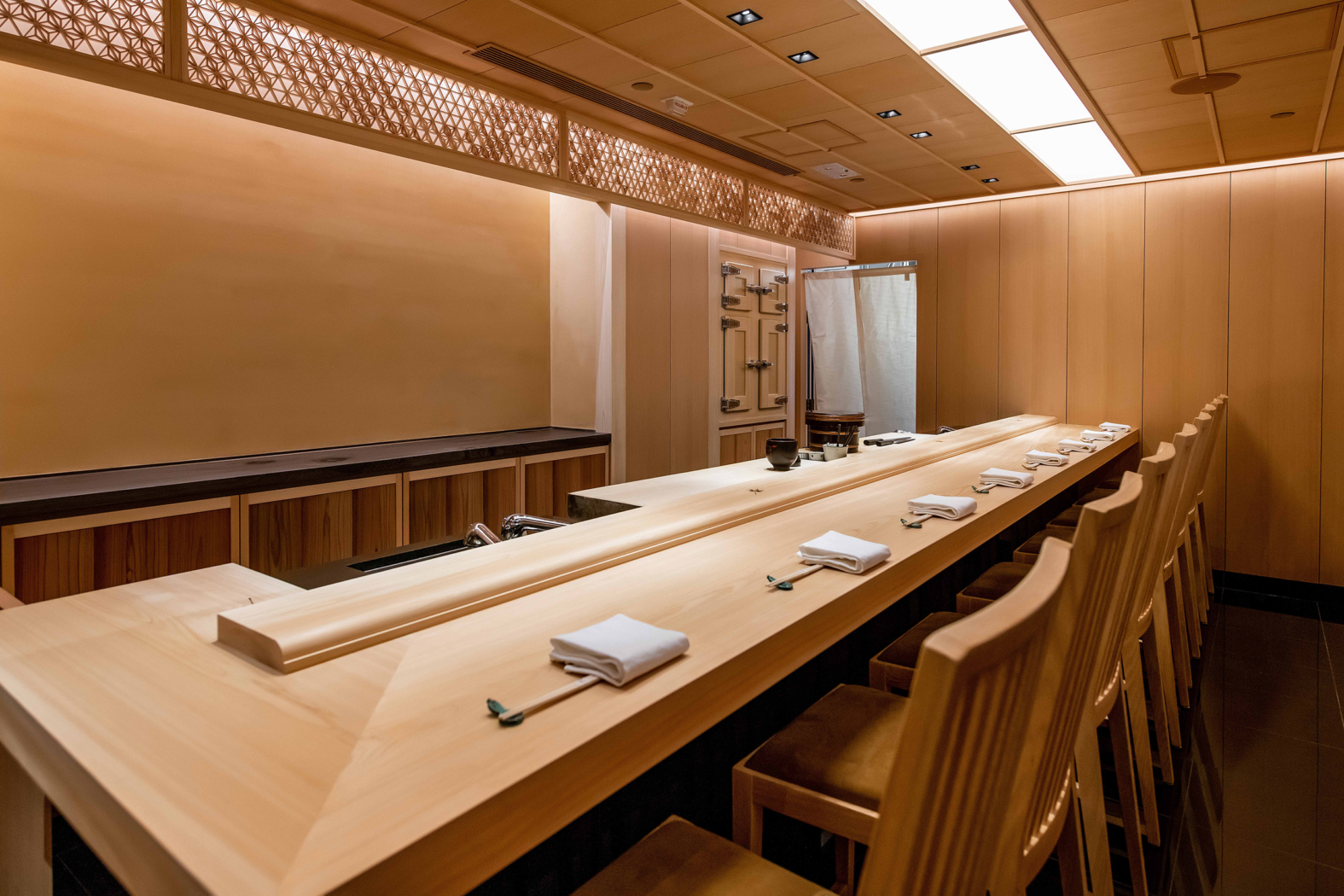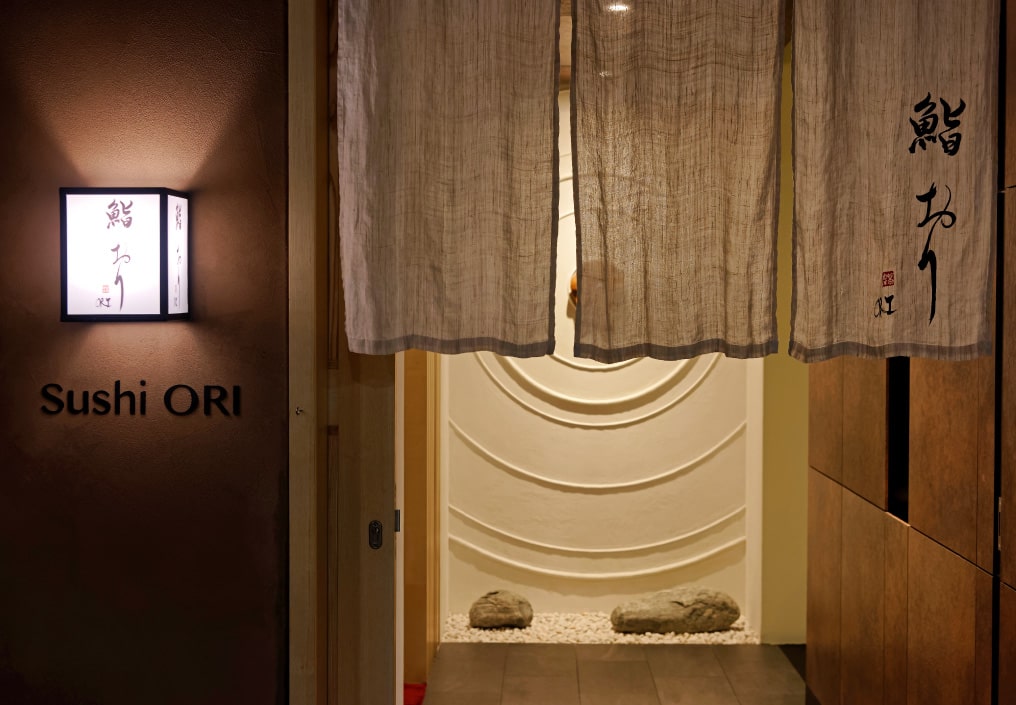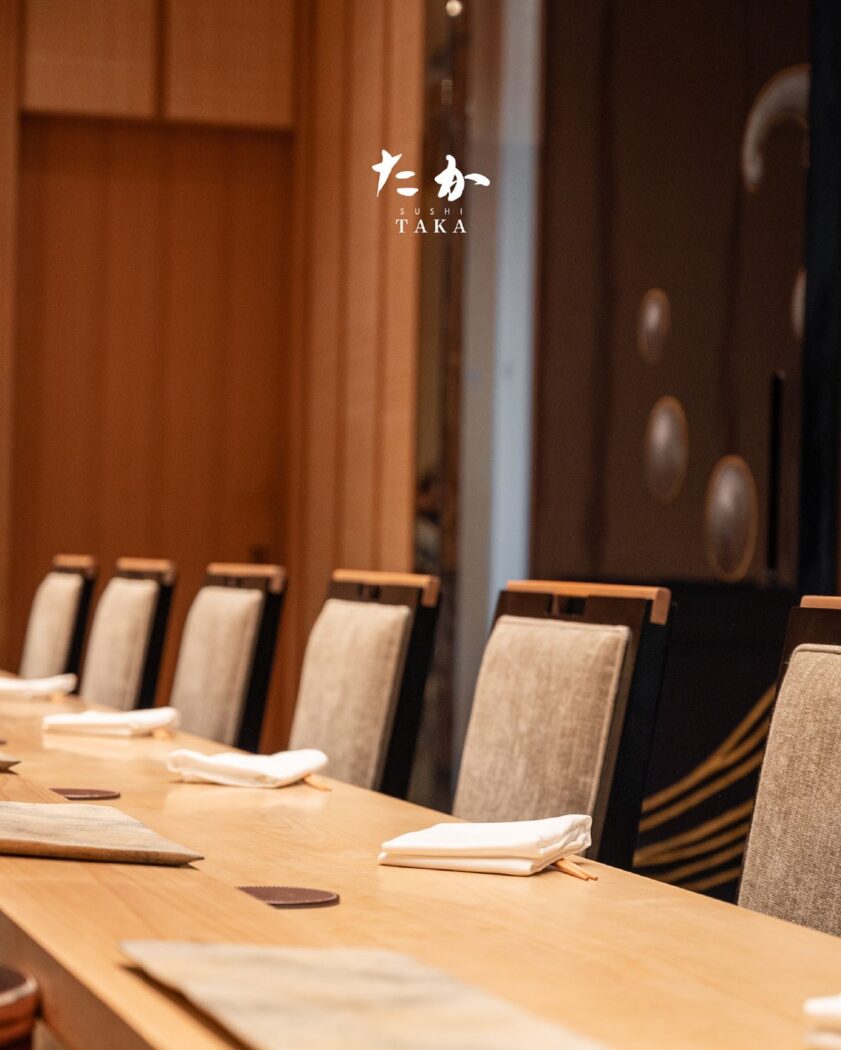Thailand Taiwan Singapore Hong Kong
Recommended sushi restaurants in Thailand
-

Sushi Saryu
Sushi restaurant in Thailand [SUSHILIVE comment] -



Nikaku
Sushi restaurant in Thailand [SUSHILIVE comment] -



Sushi Saito
Sushi restaurant in Thailand [SUSHILIVE comment] -



Sushi Masato
Sushi restaurant in Thailand [SUSHILIVE comment] -



Ginza Sushi Ichi
Sushi restaurant in Thailand [SUSHILIVE comment]
Recommended sushi restaurants in Taiwan
-



Min Shin
Sushi restaurant in Taiwan [SUSHILIVE comment] -


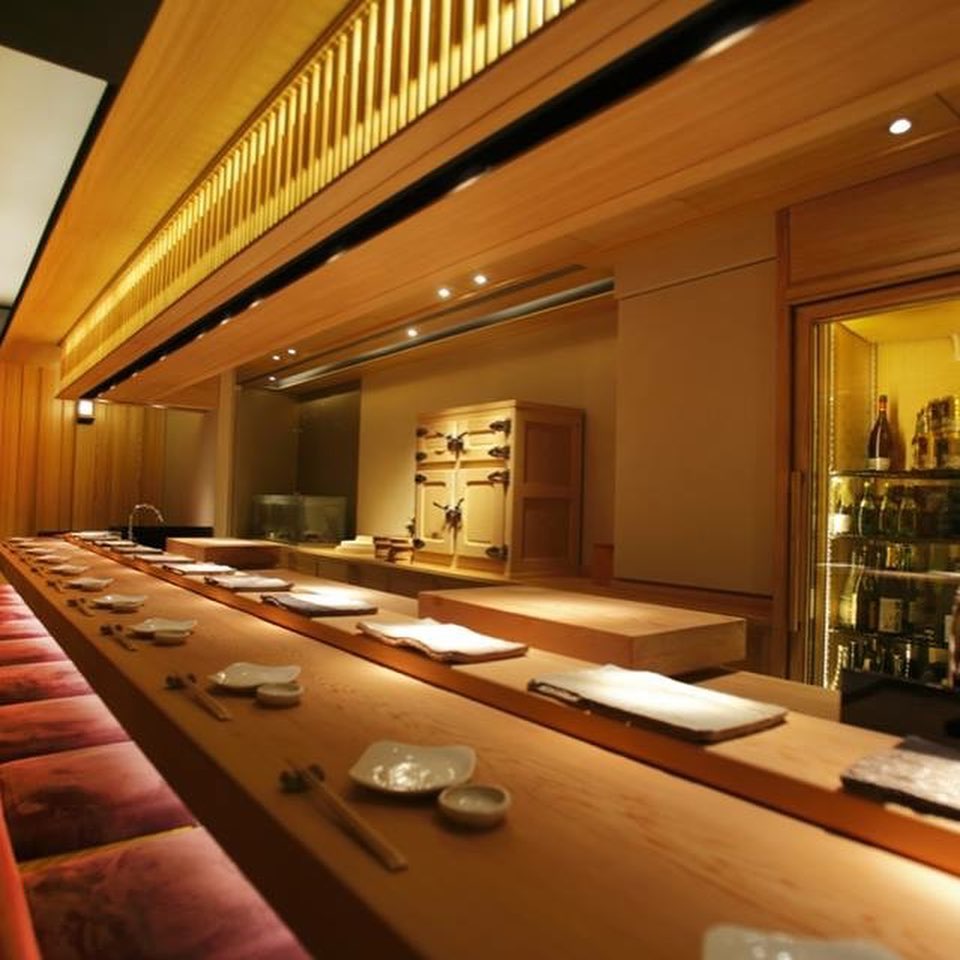
Kitcho
Sushi restaurant in Taiwan [SUSHILIVE comment] -



Sushi Akira
Sushi restaurant in Taiwan [SUSHILIVE comment] -


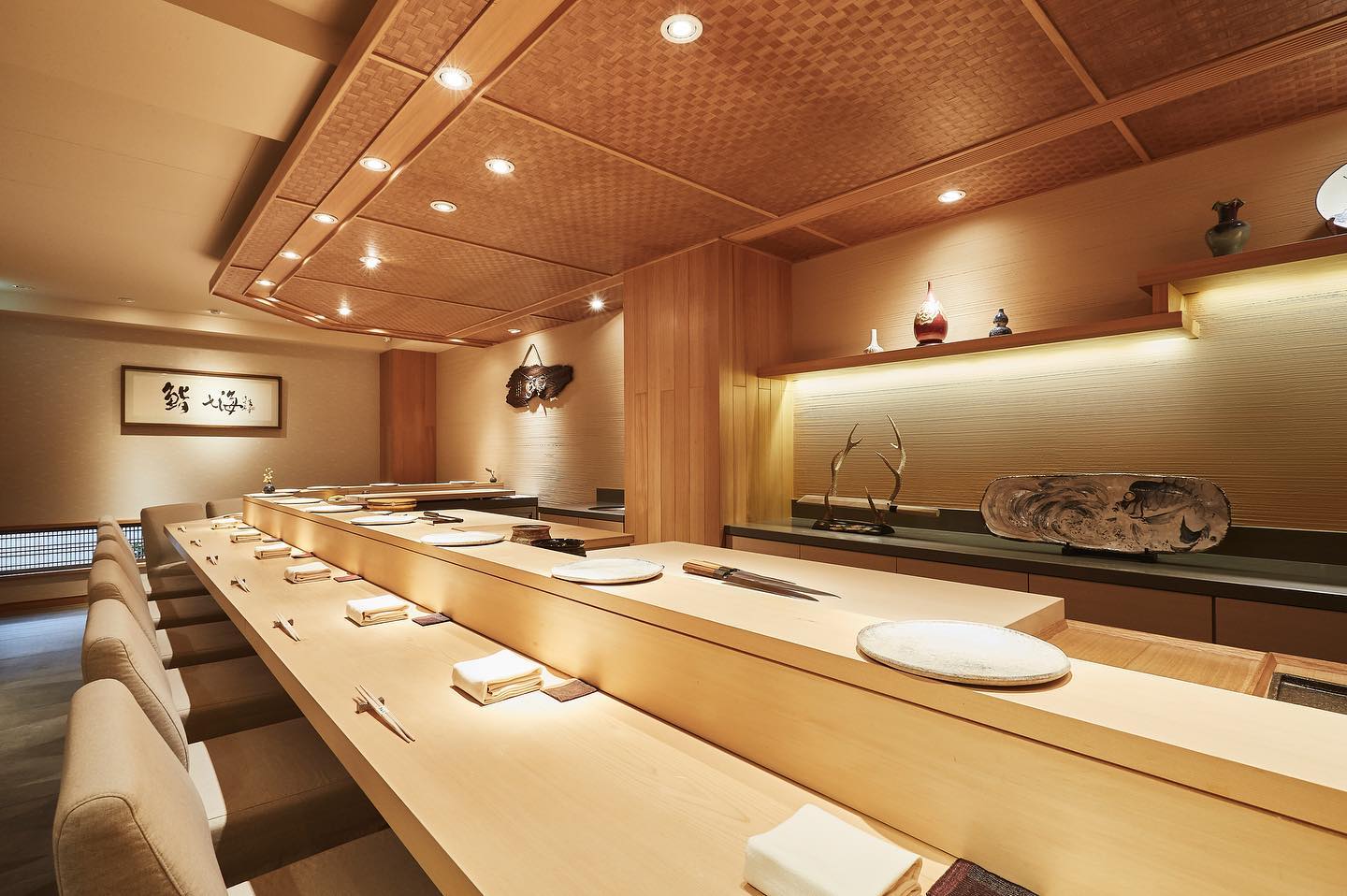
Sushi Nanami by Masa Ishibashi
Sushi restaurant in Taiwan [SUSHILIVE comment] -



Sushi Touryuumon
Sushi restaurant in Taiwan [SUSHILIVE comment] -



Sushi Nomura
Sushi restaurant in Taiwan [SUSHILIVE comment] -



Sasa
Sushi restaurant in Taiwan [SUSHILIVE comment] -



Sushi Ryu
Sushi restaurant in Taiwan [SUSHILIVE comment] -


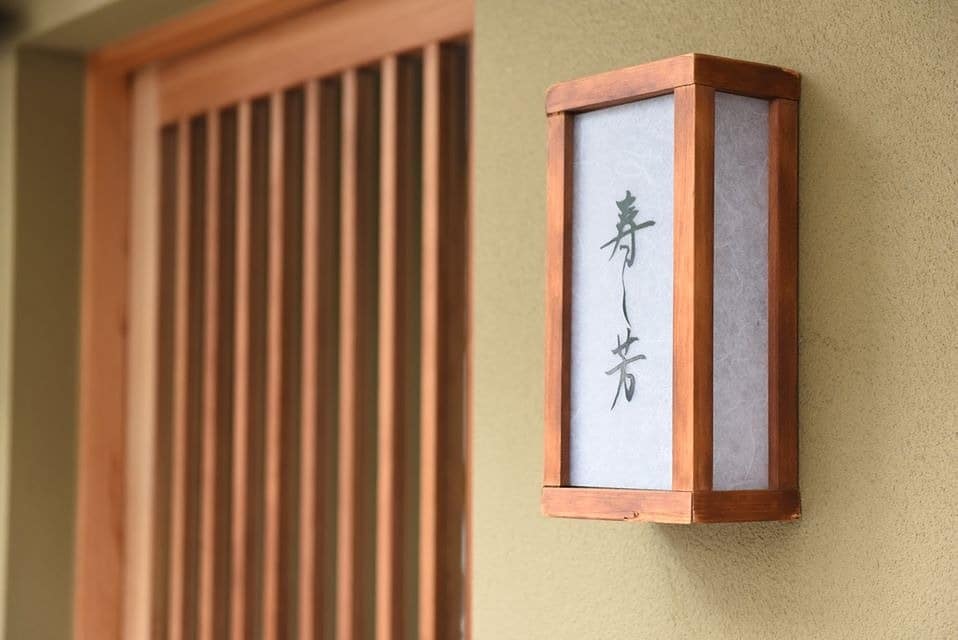
Sushiyoshi
Sushi restaurant in Taiwan [SUSHILIVE comment] -



Sushi Masuda
Sushi restaurant in Taiwan [SUSHILIVE comment]
Recommended sushi restaurants in Singapore
-



Sushi Yuki
Sushi restaurant in Singapore [SUSHILIVE comment] -



Sushi Sakuta
Sushi restaurant in Singapore [SUSHILIVE comment] -


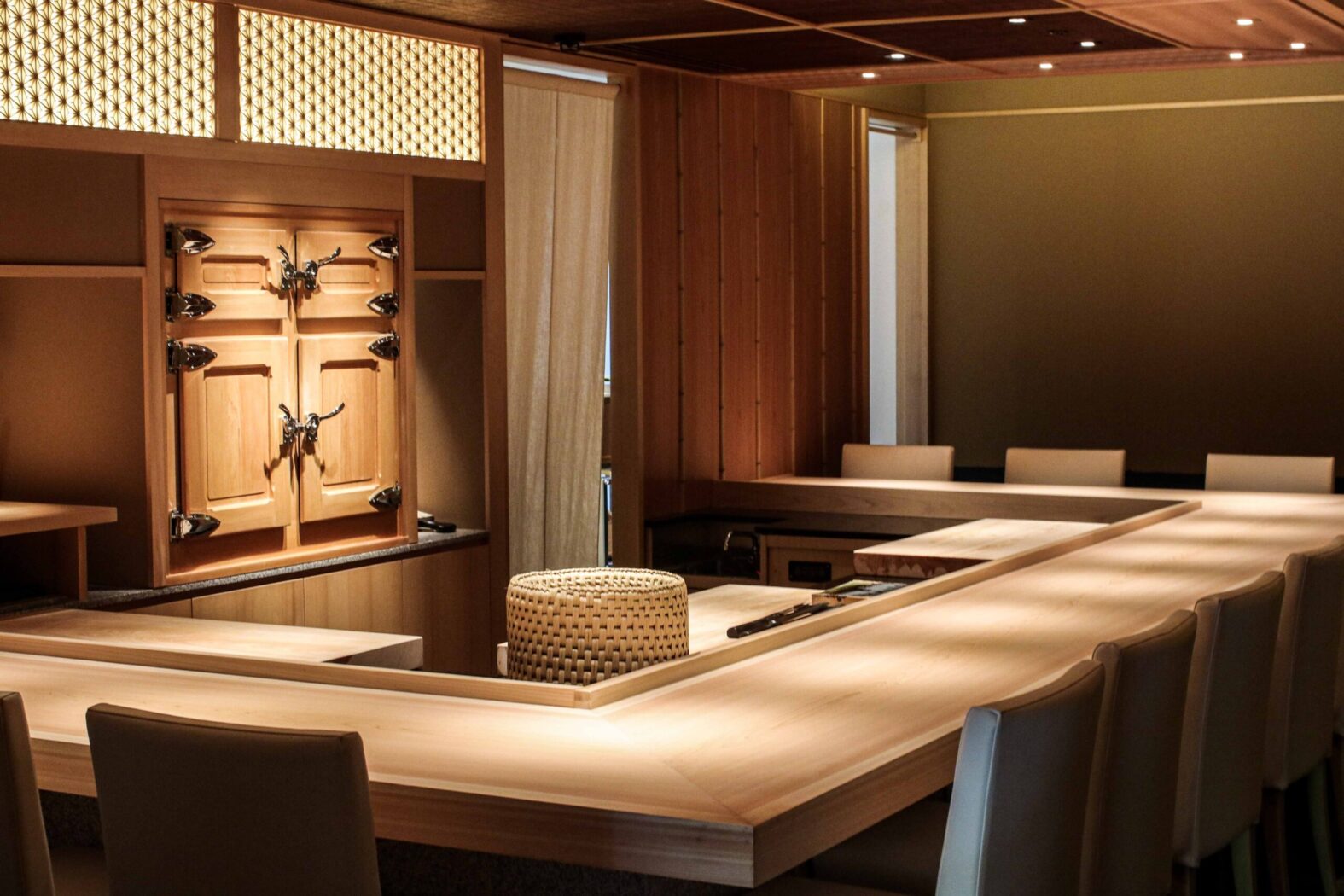
Sushi Katori
Sushi restaurant in Singapore [SUSHILIVE comment] -


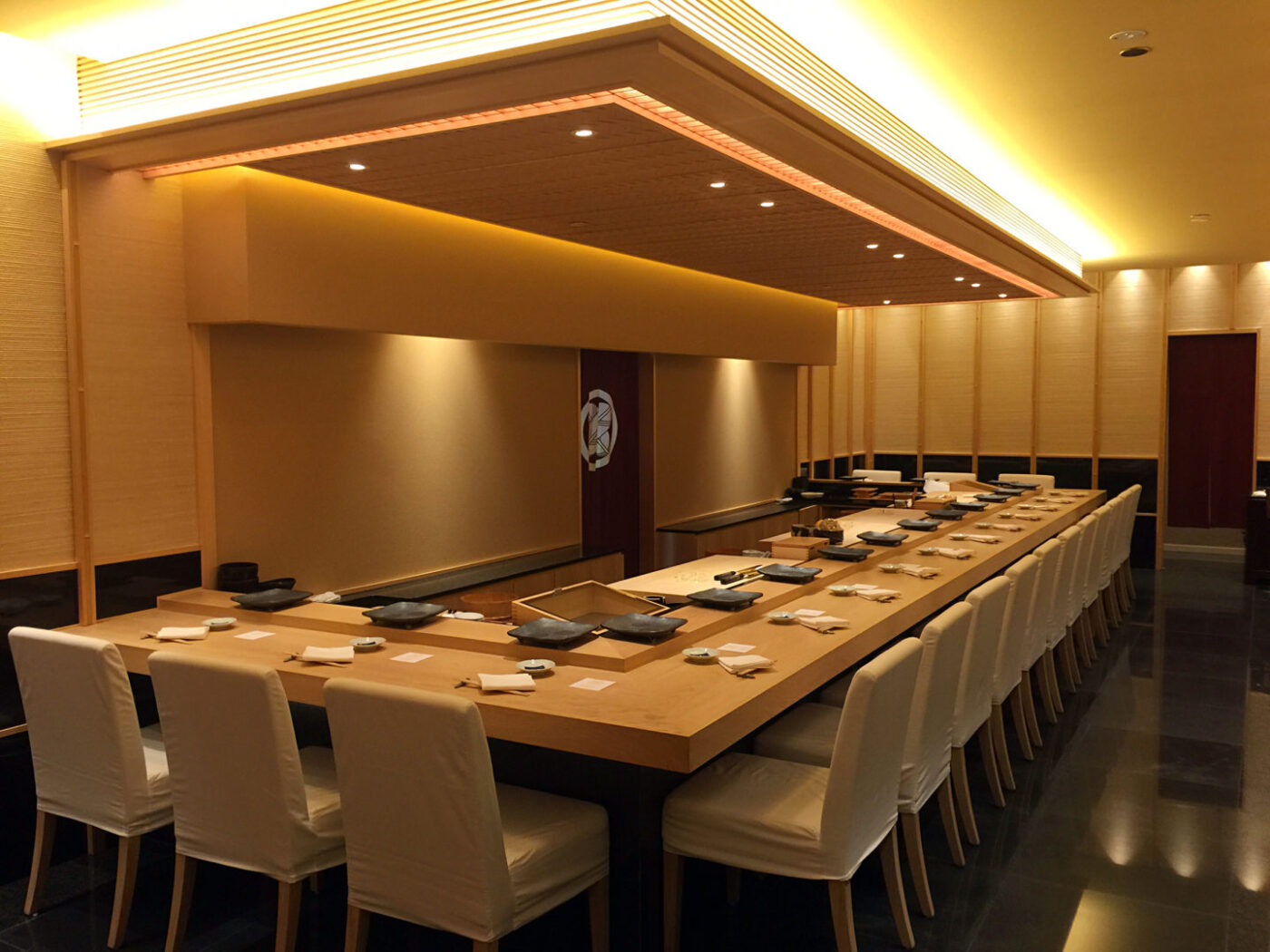
Shinji (Bras Basah Road)
Sushi restaurant in Singapore [SUSHILIVE comment] -



Sushi Ichi
Sushi restaurant in Singapore [SUSHILIVE comment] -


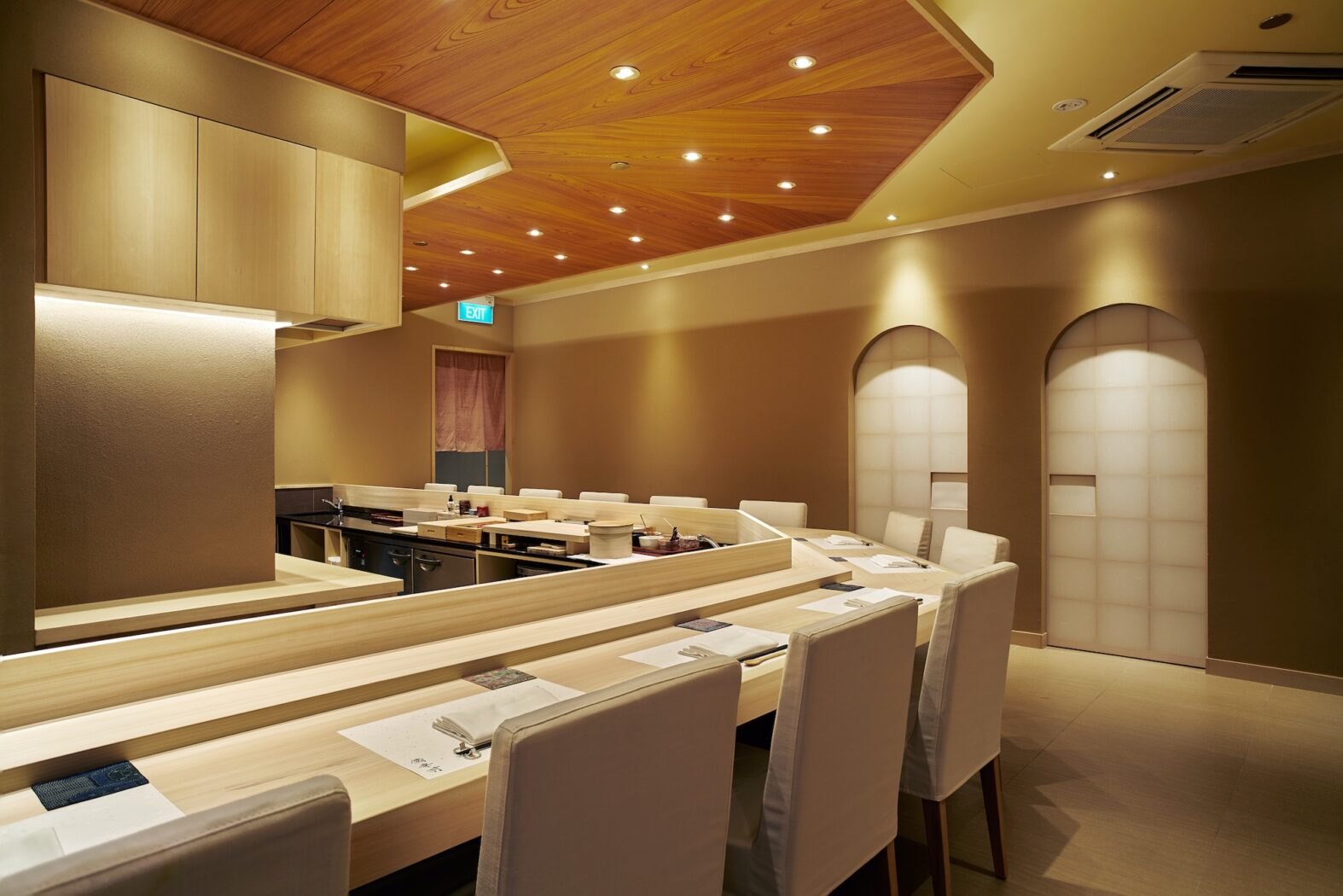
Sushi Kimura
Sushi restaurant in Singapore [SUSHILIVE comment] -



Oshino
Sushi restaurant in Singapore [SUSHILIVE comment] -



Shoukouwa
Sushi restaurant in Singapore [SUSHILIVE comment] -


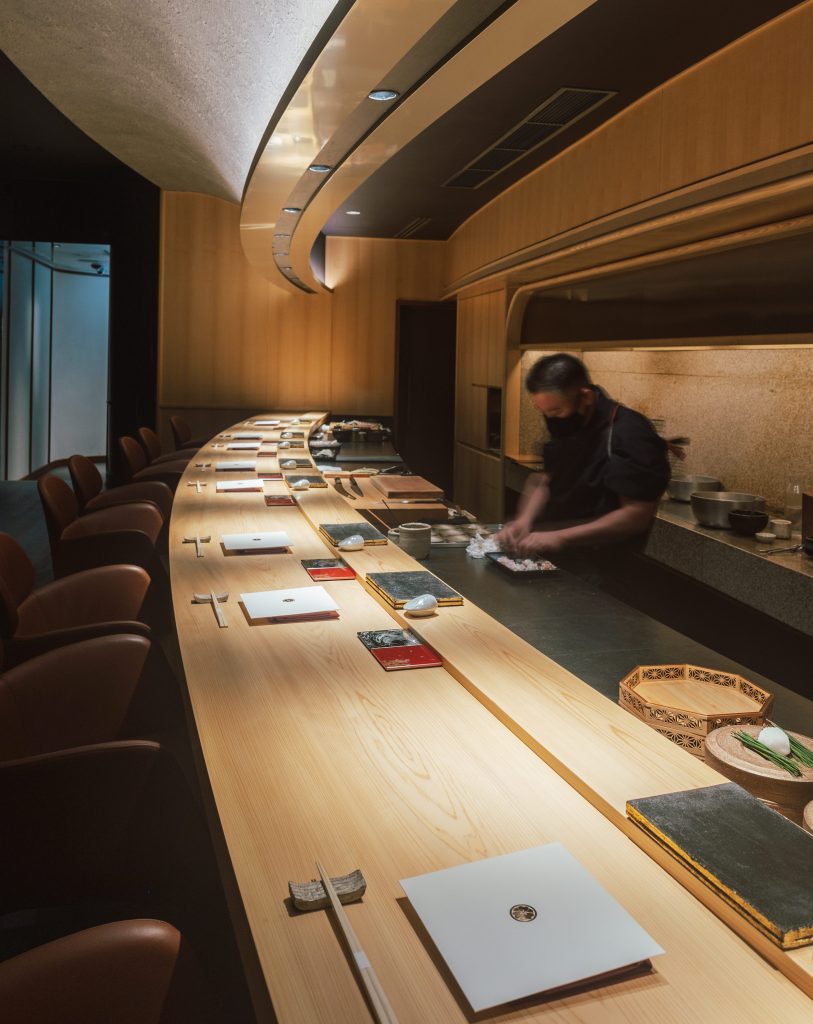
Hamamoto
Sushi restaurant in Singapore [SUSHILIVE comment] -



Sushi Masaaki
Sushi restaurant in Singapore [SUSHILIVE comment]
Recommended sushi restaurants in Hong Kong
Recommended sushi restaurants in Seoul
-



Sushi Matsumoto
Sushi restaurant in Seoul [SUSHILIVE comment] -



Sushi Mai
Sushi restaurant in Seoul [SUSHILIVE comment] -



Sushi Gyeol
Sushi restaurant in Seoul [SUSHILIVE comment] -



HANE
Sushi restaurant in Seoul [SUSHILIVE comment] -



Kojima
Sushi restaurant in Seoul [SUSHILIVE comment] -



Sushi Cho
Sushi restaurant in Seoul [SUSHILIVE comment]
Recommended sushi restaurants in Malaysia
Recommended sushi restaurants in Netherlands
Characteristics of Asia’s Cuisine
A World Full of Diversity and Vitality: The Asian Continent
The Asian continent, with its vast area, rich nature, and diverse cultures, is home to the world’s largest population. Stretching from Japan in the east to Turkey in the west, and from Russia in the north to Indonesia in the south, it encompasses 48 countries and regions.
From the majestic Himalayas and the expansive deserts of Central Asia to the tropical rainforests and beautiful coastlines of Southeast Asia, and the economically booming East Asia, each region presents a variety of landscapes and cultures.
The population accounts for about 60% of the global total, with many populous nations including China and India. In recent years, it has seen significant economic growth, becoming increasingly important as a global economic center.
However, it also faces many challenges, such as poverty, environmental issues, and political instability. Yet, the people of Asia, with their strong vitality and resilience, are working hard to overcome these challenges and strive for a better future.
Asia, with its history, culture, economy, and future prospects, plays a significant role in the world. Understanding its diversity and vitality is essential to comprehending modern society.
The Time-Honored History of Asia
Asia has contributed significantly to human development by giving birth to numerous civilizations. Ancient civilizations like Mesopotamia, the Indus, and the Yellow River civilizations laid the foundations for modern societies with their agricultural techniques, writing systems, and legal frameworks.
The Silk Road and maritime trade routes facilitated the exchange between Eastern and Western civilizations, enriching both with technology and culture. Religions such as Buddhism, Islam, and Christianity spread across Asia, enriching the spiritual lives of its people.
In modern times, Asia experienced the hardships of colonial rule by Western powers but saw many countries gain independence and achieve economic development in the latter half of the 20th century. Recently, Asia has become increasingly important in global politics and economics.
Asia’s history is filled with diversity and vitality. Various ethnicities and cultures coexist and influence each other, continuously evolving. Understanding its grand history is vital for contemplating our future.
A Symphony of Diverse Flavors: Asian Cuisine
Asian cuisine offers a unique charm in each region, creating a harmony of diverse flavors. In East Asia, where rice is the staple food, there’s a variety of food cultures including the delicate Japanese cuisine, the spicy Chinese cuisine, and the hot flavors of Korean cuisine. In Southeast Asia, dishes often use coconut milk and spices, offering exotic flavors like Thai and Vietnamese cuisines. South Asia is known for its skillful use of spices in Indian and Sri Lankan cuisines. Meanwhile, West Asia has its Middle Eastern food culture with kebabs and pita bread.
Asian food culture, with its variety of ingredients, cooking methods, and eating habits, is unique to each region. The depth of Asian cuisine is immeasurable, and experiencing local food cultures while traveling provides a valuable opportunity to learn about the area’s history and culture.
Asian cuisine not only stimulates the senses but also enriches our hearts. Tasting dishes from various countries can lead to new discoveries and joys.
Diverse Allure and History: The Culture of Sushi in Asia
While sushi is often thought to originate from Japan, Southeast Asia and China also have their unique sushi cultures, each with its own history and ingredients, leading to diverse developments.
In Southeast Asia, the technique of preserving fish through salting or fermentation is considered the origin of sushi, with dishes like Thailand’s “Nem,” Myanmar’s “Ngapi Yay,” and the Philippines’ “Kinilaw” using fish sauce or sour ingredients. In China, combinations of rice and fish have been eaten since ancient times, with dishes like Guangdong’s “Cheung Fun” and Shanghai’s “Sheng Jian Bao” being considered roots of sushi culture.
In Japan, nigiri sushi was born in the late Edo period, later developing into various types of sushi. The style of wrapping fresh seafood with vinegared rice and seaweed has evolved into a globally loved sushi culture.
Thus, the sushi culture in Asia boasts a diversity of histories, ingredients, and cooking methods. Not just Japanese sushi, but experiencing sushi culture across Asia can deepen our understanding of culinary traditions.
The Diverse Attractions of Asia’s Specialty Products
Asia, with its vast lands and rich cultures, offers a wide array of specialty products. From Chinese tea and matcha to spices and seasonings, these products have fascinated people worldwide for centuries. Chinese tea includes a variety of types like green tea, black tea, and oolong tea, each with its unique flavor and aroma. Matcha, a traditional Japanese beverage, perfectly balances bitterness and sweetness. Spices and seasonings add depth to dishes.
Recently, traditional Asian handicrafts have garnered attention, such as Vietnamese embroidery, Thai silk, and Indian pottery, all showcasing intricate skills and artistic value.
Asian food ingredients are also popular. Thai Tom Yum Goong, Vietnamese Pho, and Korean Kimchi continue to enchant those who visit the regions.
Thus, Asia’s specialty products span food, culture, and art. Whether for travel memories or gifts, Asian specialty products are an excellent choice.

